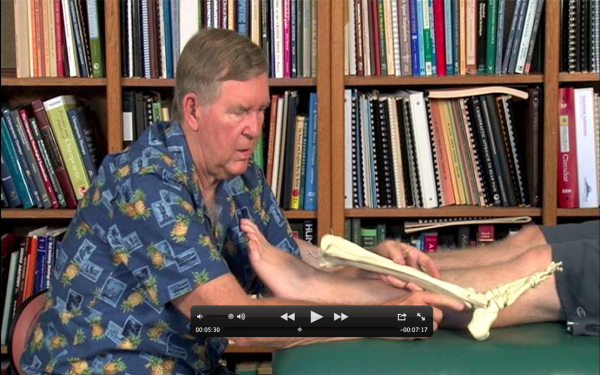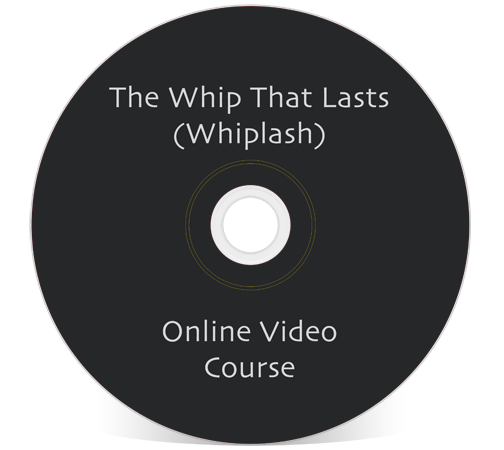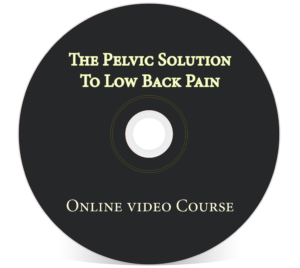Mini Courses
Click course title for more info!
Click course title for more info!
-PRRT™ Upper Extremity Home Study Course
-The Pelvic Solution to Low Back Pain
-The Sub-Occipital Solution
-Liquidating Low Back & Leg Pain
-The Whip That Lasts (Whiplash)
-Cracking The Crepitus Code
PRRT™ Upper Extremity Home Study Course
Thank you for your interest in the PRRT™ Online Upper Extremity Home Study Course. Please allow up to 12 hours for online access to be sent as orders will be entered manually after checkout. After clicking the button below you will be re-directed to our secure site for payment. Please email us now with any questions.
Credit card payment:

The Pelvic Solution to Low Back Pain
The online course includes:
- High-Quality streaming video of techniques and background
- Printer-friendly Quick Start PDF
- Images and animations of involved muscles

The Sub-Occipital Solution
The Sub-Occipital Syndrome… Solved
It’s epidemic in proportions. I’m not exaggerating. Most people hold a great deal of their tension in the sub-occipital region. This unresolved stress has a major impact on how they feel overall, not just at the base of their occiput. How do I know this? 25 years ago I invented & patented the 1st product designed to specifically address this problem… the Occipivot. It’s sold countless thousands worldwide and continues to be one of the top-selling health care products on Amazon. Problem is, the need for addressing & resolving muscle tension held at the sub-occipital region is now greater than ever due to how we live in a world that keeps us in a hyper-vigilant state 24/7. Now for the first time, I’ve created for you a synthesis of my 4 decades of research & practice in my brand new training:The Sub-Occipital Solution
I believe you’ll find it to be one of the best courses I’ve ever done. Muscles involved:The Sub-occipital muscles (4):
- Obliquus capitis superior
- Obliquus capitis inferior
- Rectus capitis posterior major
- Rectus capitis posterior minor
Upper trapezius
Sternocleidomastoid muscle
Rectus capitis anterior
Occipitofrontalis
Orbicularis oculi
Semispinalis capitis
Online course includes:
- High Quality streaming video of techniques and background
- Printer friendly Quick Start PDF
- Images and animations of involved muscles

Liquidating Low Back & Leg Pain
 The source and solution for many of the pain issues people complain of in the leg and even the lower back can be traced to a seldom considered issue in the ankle region.
Learning how to rapidly screen for the important findings and equally rapidly make the corrections often can yield dramatic improvement in leg and low back complaints. The relationship of how weight is accepted as the foot makes contact with the ground can set in motion altered biomechanics which can then become a source of pain.
It seems so obvious when this critical piece of the pain puzzle is found… but it seldom is!
It’s related to a prior injury that goes unreported in virtually all cases.
There’s nothing more frustrating to you & your patient than to try everything you think is obvious and then for the patient to still have residual leg and possibly back pain.
Did you know, a region in the ankle can adversely affect the following joints if not properly screened and resolved?
The source and solution for many of the pain issues people complain of in the leg and even the lower back can be traced to a seldom considered issue in the ankle region.
Learning how to rapidly screen for the important findings and equally rapidly make the corrections often can yield dramatic improvement in leg and low back complaints. The relationship of how weight is accepted as the foot makes contact with the ground can set in motion altered biomechanics which can then become a source of pain.
It seems so obvious when this critical piece of the pain puzzle is found… but it seldom is!
It’s related to a prior injury that goes unreported in virtually all cases.
There’s nothing more frustrating to you & your patient than to try everything you think is obvious and then for the patient to still have residual leg and possibly back pain.
Did you know, a region in the ankle can adversely affect the following joints if not properly screened and resolved?
-
Foot
-
Knee
-
Hip
-
SI
-
Lower back
Click the button below to get your access now!

The Whip That Lasts (Whiplash)
 Think for a moment how many people you see who complain of:
Think for a moment how many people you see who complain of:
- Headache
- Sub-occipital tension
- Neck pain
- Shoulder girdle pain
- Upper back pain
- Fatigue
Click the button below to get your access now!

Cracking The Crepitus Code
Crepitus
Definition: a crunchy feeling in muscles & tendons when rubbing fingers back and forth across them.
Crepitus is one of the most common findings in people you treat. Often it is a driving force of their pain.
Probably the most frequent place it’s found is in the attachment of the levator scapulae to the superior angle of the scapula. Pressing on this region while moving back and forth yields a crunchy sound while eliciting pain at the same time.
It’s little known that crepitus exists in many other places in most people’s bodies.

Here are just a few:
- IT band
- Superficial head of the masseter
- Wrist extensors
- Erector spinae
- Extensor digitorum brevis
- Peroneal group of muscles
- Gluteus maximus at origin
While the basis to crepitus has been speculated to be from postural issues, my research and clinical experience says no.
How can I prove to you I’m right and virtually all the other “experts” are wrong?
Simple.
I demonstrated the nearly magical maneuver in every trade show I’ve spoken at and had a booth in….literally dozens and dozens of clinicians, just like you, have experienced this amazing feat.
The fact that I can teach you and then you teach your patients to release their chronic crepitus and its annoying & often painful sequel….is mind-boggling.
For decades we’ve done a ton of things to release crepitus:
- Ultrasound
- Electrical stimulation
- Massage
- Myofascial Release
- Manual Therapy
- Iontophoresis
- Postural training & reeducation
- Kinesotaping
- Etc.
Now, for the first time, I’m going to give you the “Keys to the Kingdom” of what the real basis is to crepitus.
And More importantly, How to teach patients to release it in seconds and keep it from returning.
Imagine what that could mean to you and your practice.
Guess how many people your patients will share your unique knowledge and expertise with.
Answer….
Everyone they talk to who has pain issues…and who doesn’t?

